The Shift
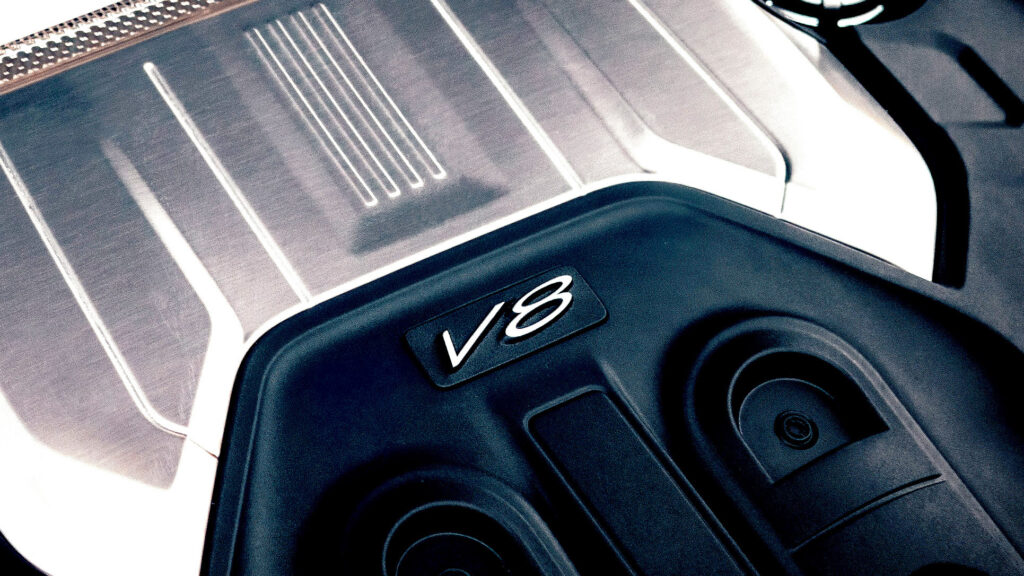
Back in the day, being a car enthusiast meant knowing every detail about what’s under the hood. But today, the modern car buyer seems far more interested in tech features than horsepower or engine displacement. According to Ford’s Vice Chairman, John Lawler, engines just don’t hold the same allure as they did thirty years ago. It’s a noteworthy observation because it reveals a significant shift in consumer priorities, reflecting a broader trend in the automotive industry toward electric vehicles and hybrids.
Engines Outsourced
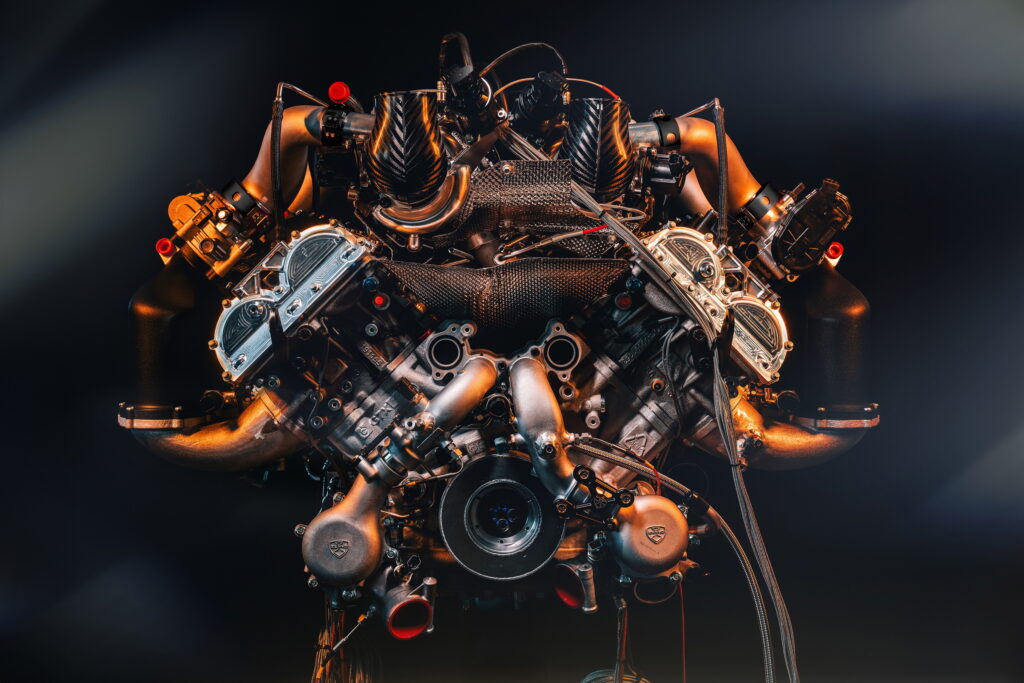
Lawler’s insights suggest a future where car manufacturers could sever these traditional ties to in-house powertrain development. Outsourcing engine production can significantly cut costs, allowing companies to focus resources on technology and features that today’s consumer values more. Imagine rolling off the lot with a car like an Audi, outfitted with a Lamborghini-equivalent V10, yet without the premium branding fee. It’s a win-win for manufacturers and customers alike.
Cost and Competition
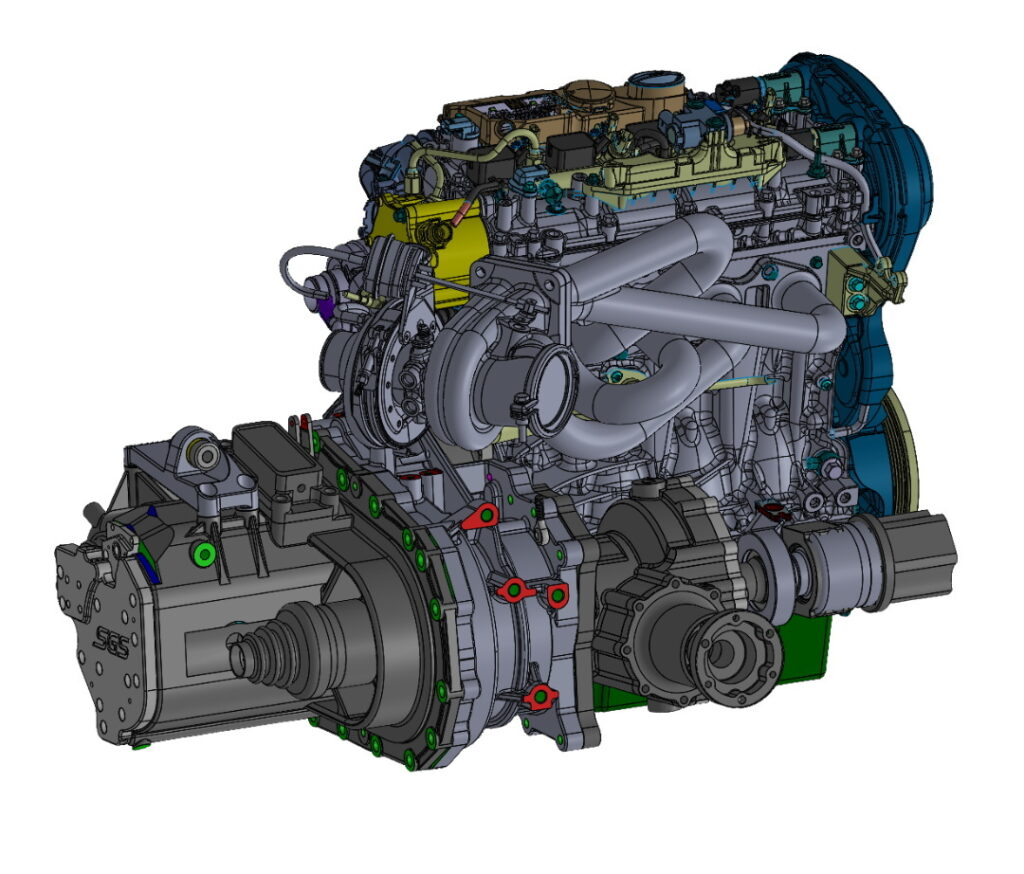
A major player to consider in this evolving landscape is China. Moving at lightning speed in the car production race, China’s automakers offer extremely cost-effective solutions, often 30 percent cheaper than their global competitors. Ford’s top executive highlights the strategic advantage of partnering with Chinese manufacturers, which have plenty of production capacity left—10 to 11 million units, to be exact.
Driving Experience
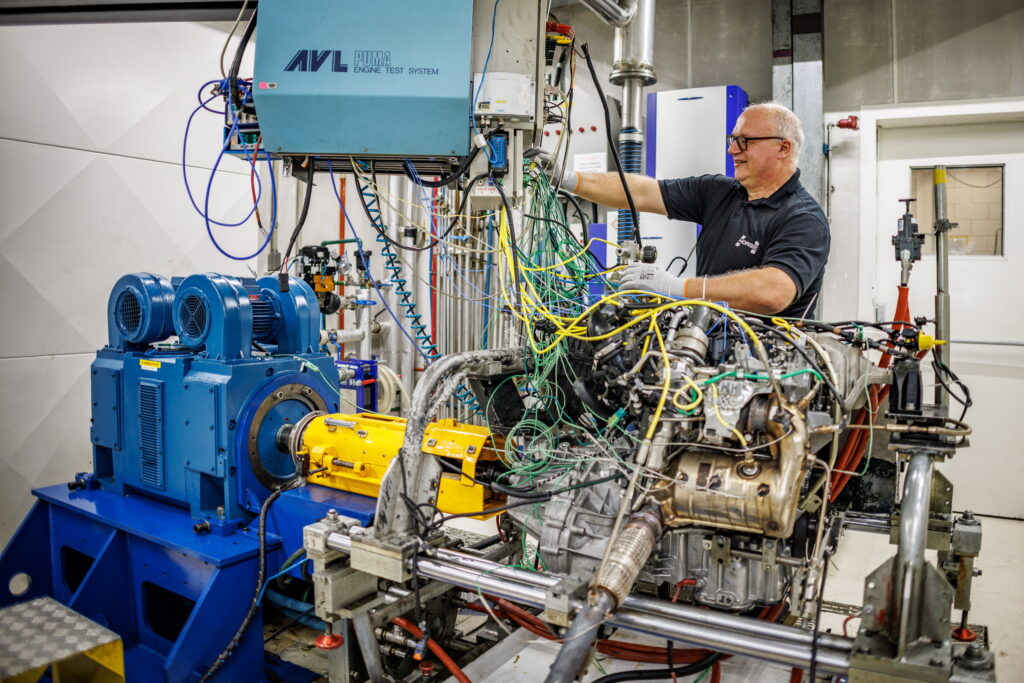
If the power under the hood has become secondary, how does the drive feel in these modern, outsourced vehicles? Well, the performance is still there, albeit different. Electric powertrains deliver instant torque and seamless acceleration, rivaling some of the most revered combustion engines. Traditionalists might miss that guttural roar, but there’s a growing appreciation for the smooth, quiet, and responsive experience electrification offers. Comparing a modern Tesla to an internal combustion Mustang, for example, reveals a new kind of beast—one that trades the thunderous V8 rumble for a silent but equally impressive launch off the line.
The Takeaway
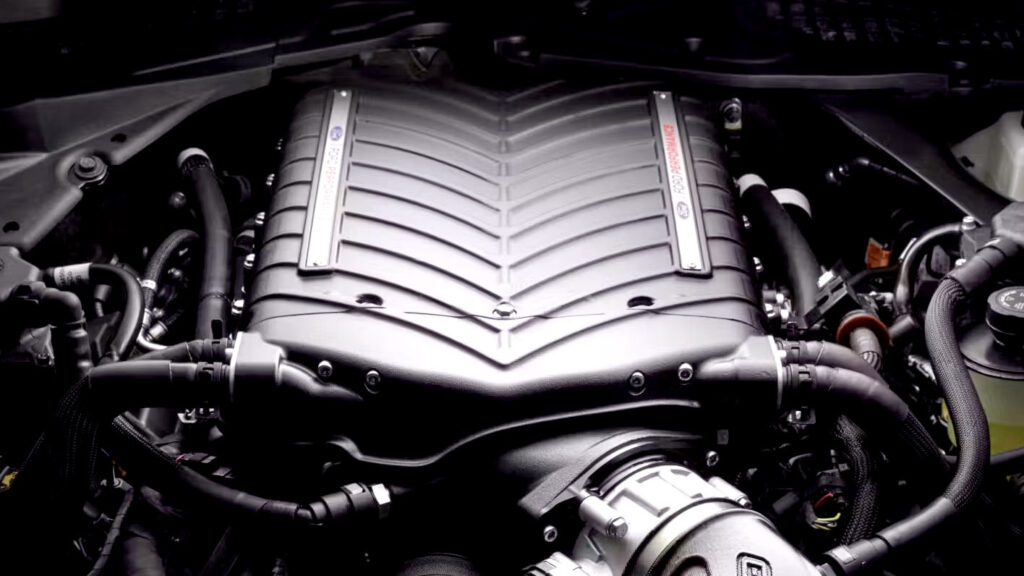
This transition indicates more than just a corporate shift—it’s a cultural one too. With consumers eager for advanced tech and lower costs, manufacturers are fast adapting by sourcing powertrain components externally, focusing on what they economically do best—design and tech integration. Car enthusiasts may hold onto traditional paradigms a bit longer, but they should also prepare to embrace the advantages this new era of automotive design offers. The thrill of driving isn’t vanishing; it’s being redefined.
Turn Signal Recall
Corolla Cross Woes
Electric AMG Revolution
Lada Niva Revamped
Lanzante 95-59 Debut